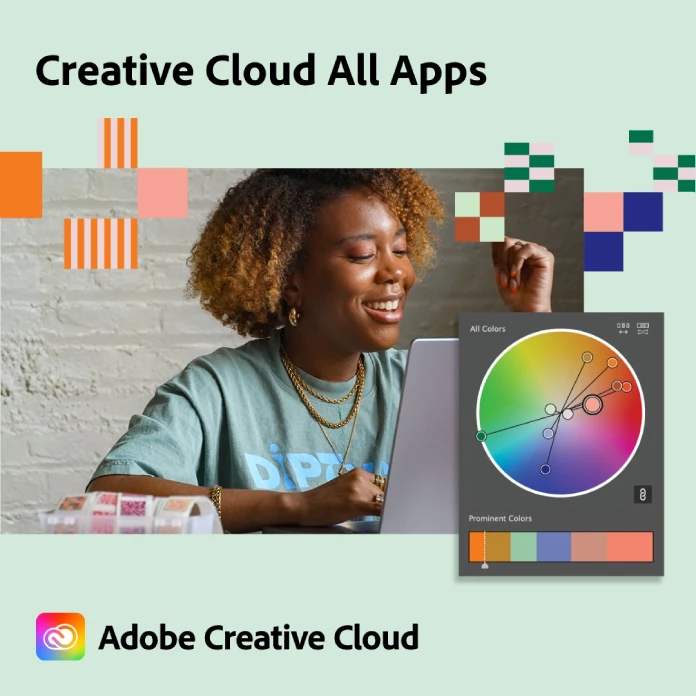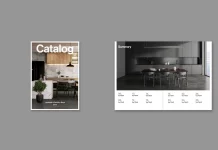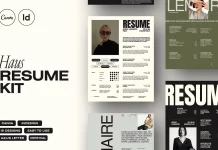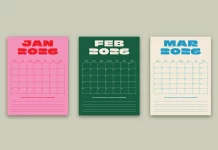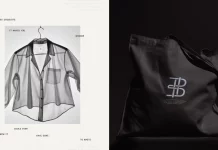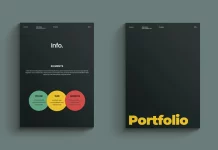So, you’re curious about what graphic designers actually make, right? It’s not just about the cool projects and creative freedom. The money matters too. And it’s not as simple as one number. It’s a whole landscape of factors. Think about it: Are you picturing a designer working in a big agency? Or someone freelancing from their home office? That makes a huge difference.
Let’s start with the basics. We’re talking about two main paths: employed designers and freelance designers.
Employed Designers: The Steady Paycheck
These are the folks who work for companies, agencies, or organizations. They get a regular salary, benefits like health insurance, and often paid time off. Sounds pretty good, doesn’t it?
- National Average: Let’s get a general idea. Across the US, the average salary for a graphic designer is somewhere between $55,000 and $65,000 per year. But hold on, that’s just an average. It’s like saying the average temperature in the US is 70 degrees. It doesn’t tell you much about the weather in Alaska or Florida, right?
- Experience Matters: Just like in any job, experience plays a big role.
- Entry-Level: If you’re just starting out, expect to make around $40,000 to $50,000.
- Mid-Level: With a few years under your belt, you could be looking at $50,000 to $70,000.
- Senior-Level: If you’re a seasoned pro, you might earn $70,000 to $100,000 or even more.
- Location, Location, Location: Where you live makes a huge difference. Think about the cost of living. A salary that feels great in the Midwest might not stretch as far in New York City.
- Northeast: Expect higher salaries, around $60,000 to $75,000. Why? Higher cost of living, especially in cities like Boston and New York.
- West Coast: Even higher, $65,000 to $80,000. Tech hubs like San Francisco and Seattle drive up the numbers.
- Midwest: More moderate, around $50,000 to $65,000.
- South: Generally lower, $45,000 to $60,000.
- State-by-State Breakdown: Let’s get a bit more specific.
- California: $65,000 – $85,000. Especially high in San Francisco and Los Angeles.
- New York: $60,000 – $80,000. New York City is a big factor here.
- Texas: $50,000 – $65,000. Austin and Dallas tend to pay more.
- Illinois: $55,000 – $70,000. Chicago is the main driver.
- Florida: $48,000 – $62,000.
- Washington: $60,000 – $75,000. Seattle is a major tech hub.
- Major City Salaries: Let’s zoom in on some big cities.
- San Francisco, CA: $75,000 – $100,000+. It’s a tech mecca, so salaries are high.
- New York City, NY: $70,000 – $95,000+. The cost of living is a big factor.
- Los Angeles, CA: $65,000 – $90,000+. The entertainment industry plays a role.
- Seattle, WA: $70,000 – $90,000+. Another tech hub with high demand.
- Chicago, IL: $60,000 – $80,000.
- Austin, TX: $60,000 – $75,000. A growing tech scene.
- Boston, MA: $65,000 – $85,000.
- Washington, D.C.: $60,000 – $80,000.
Freelance Designers: The Variable Income
Now, let’s talk about the freelancers. They’re their own bosses, setting their own rates and managing their own businesses. It’s a different ball game.
- Hourly Rates: Freelancers usually charge by the hour.
- Entry-Level: $20 – $35 per hour.
- Mid-Level: $35 – $60 per hour.
- Senior-Level/Specialized: $60 – $100+ per hour.
- National Average: $30 – $50 per hour. But remember, this is just an average.
- Project-Based Rates: Sometimes, freelancers charge a flat fee for a project.
- Simple Projects (e.g., logo design): $500 – $2,000+.
- Medium Projects (e.g., website design): $2,000 – $10,000+.
- Large Projects (e.g., branding campaigns): $10,000 – $50,000+.
- What Affects Freelance Rates?
- Experience: More experience means higher rates. That makes sense, right?
- Specialization: If you’re a pro at motion graphics or UX/UI, you can charge more.
- Client: Big clients with big budgets often pay more.
- Project Complexity: A complex project takes more time and skill, so it costs more.
- Location: The cost of living in your area can influence your rates.
- Negotiation Skills: Being a good negotiator can make a big difference.
Key Takeaways and Things to Consider:
- These are estimates: Don’t take these numbers as gospel. They’re averages and ranges. Your actual salary or rate could be higher or lower.
- Specialization matters: If you specialize in a high-demand area like UX/UI, you can often command a higher salary.
- Research specific roles: If you’re interested in a specific type of graphic design, research the salary ranges for that specific role.
- Use salary tools: Websites like Glassdoor, Salary.com, and ZipRecruiter can give you more specific data.
- Network: Talk to other designers in your area. They can give you valuable insights.
- Freelancing is a business: If you go freelance, remember you’re running a business. You need to factor in taxes, benefits, and business expenses.
So, what do you think? Does this give you a clearer picture of graphic design salaries in the US? It’s a complex topic, but hopefully, this breakdown has been helpful. Remember, your career path is unique. Your skills, experience, and location will all play a role in your earning potential. Keep learning, keep growing, and keep creating!
Disclaimer: All data is from December 2024. Please note that these dates may vary over time.
General Salary Data Sources:
- Glassdoor
- https://www.glassdoor.com/Salaries/graphic-designer-salary-SRCH_KO0,15.htm
- Glassdoor is a great source for salary ranges, often broken down by experience level and location. It relies on self-reported data from employees.
- Salary.com
- https://www.salary.com/
- Salary.com provides detailed salary information, including national averages, regional differences, and cost of living adjustments.
- ZipRecruiter
- https://www.ziprecruiter.com/
- ZipRecruiter offers salary ranges and job postings, which can give you a sense of the current market.
- U.S. Bureau of Labor Statistics (BLS)
- https://www.bls.gov/ooh/arts-and-design/graphic-designers.htm
- The BLS provides official data on employment and wages for various occupations, including graphic designers. It’s a reliable source for long-term trends.
Freelance Rate Information:
- Freelance rates are more challenging to pin down to a single source, as they vary widely. However, these resources provide helpful insights:
- Morgan Overholt
- https://morganoverholt.com/editorials/freelance-graphic-design-rate/
- This blog post gives you a simple price list of freelance rates.
- The Freelancer’s Union
- https://www.freelancersunion.org/
- While not a direct salary source, the Freelancers Union provides resources and information for freelancers, including rate guidelines and industry standards.
Important Notes About These Sources:
- Dynamic Data: Salary data is constantly changing. These links will provide the most up-to-date information available, but it’s always a good idea to check them regularly.
- Self-Reported Data: Many of these sources rely on self-reported data, which can have some variations.
- Averages and Ranges: The numbers you see are averages and ranges. Your actual salary or rate may be higher or lower depending on your specific circumstances.
- Location Specificity: When using these tools, be sure to specify the location you’re interested in to get the most accurate data.
Header images by I Believe I Can Fly (via Adobe Stock). Browse WE AND THE COLOR’s Graphic Design section for more.
Subscribe to our newsletter!


